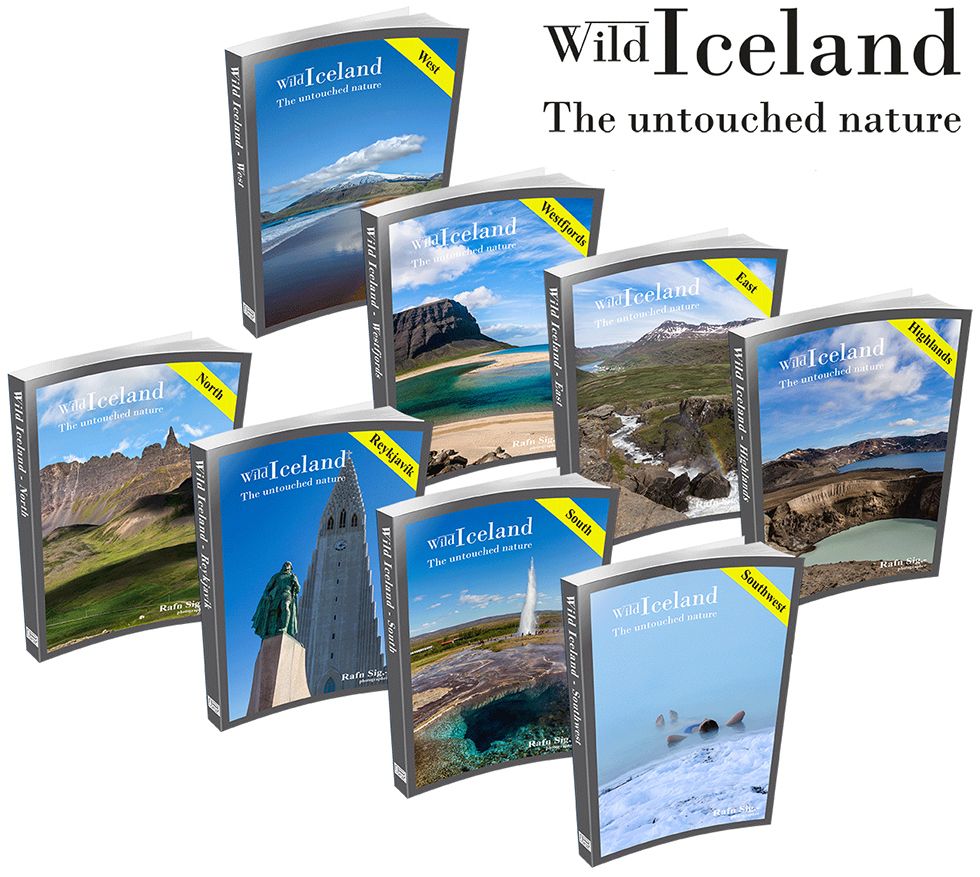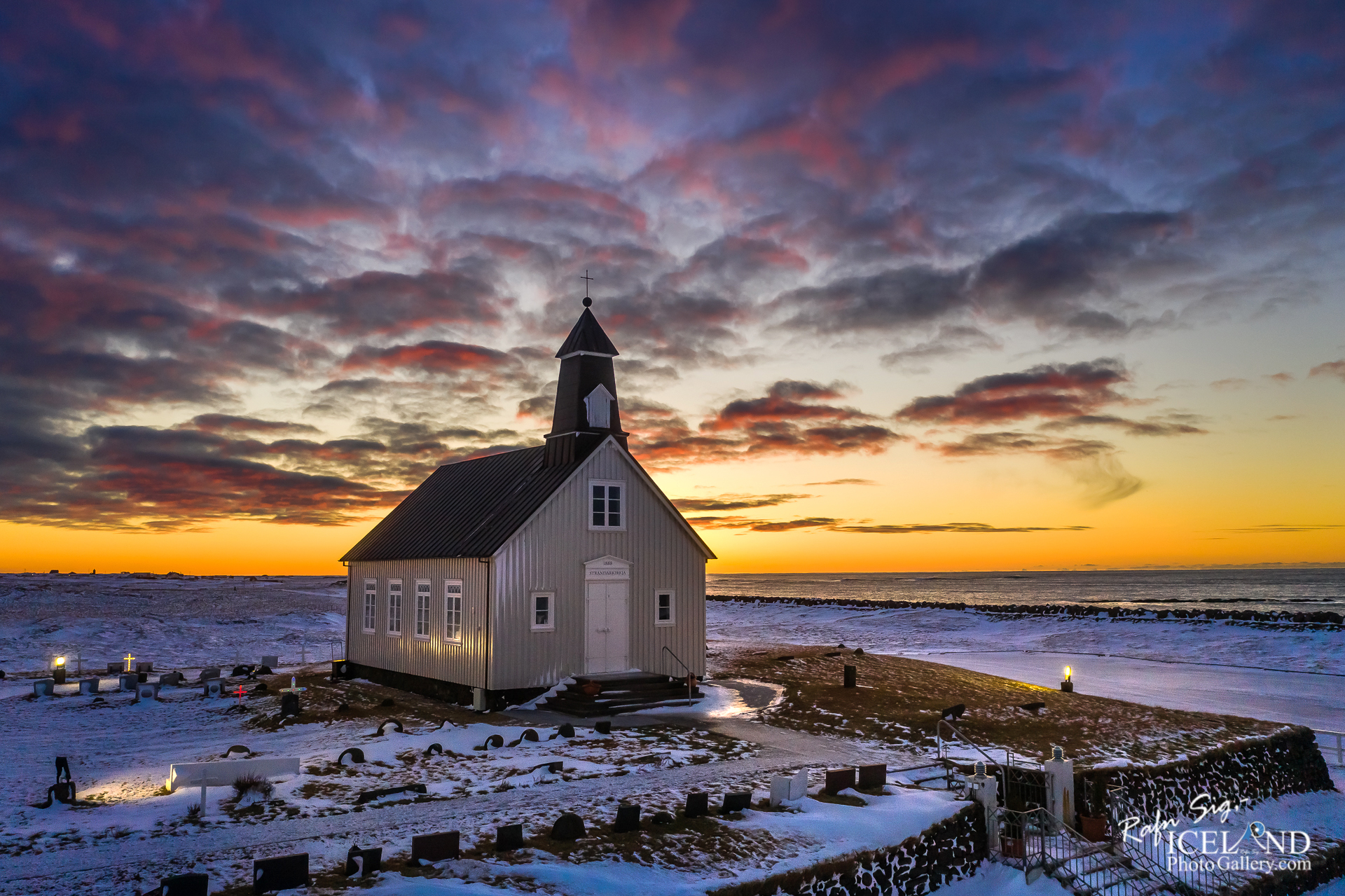2020-01-29
Documenting Iceland
Iceland Twilight Winter Photo │ Strandarkirkja church │ Selvogur,Reykjanes
by: Rafn Sig,-
Strandarkirkja church is located in Selvogur (Seal Cove) and was originally built in the 12th century. The story relates that during one night when a group of sailors tried to navigate back to Iceland in a storm. The southern coast of Iceland is notorious for its hidden reefs and rough coast. The distressed sailors prayed to God for a safe return and vowed to build a church wherever they landed. When they ended their prayer an angel, seemingly made of light, appeared before their bow. The angel guided them through the rough surfs and led them into a bay for safe landing. The sailors kept their promise and built a wooden church at the site and named it Strandarkirkja. The bay nearby is named Engilsvík (Angel’s Bay) to commemorate the incident. Many miracles have been attributed to Strandarkirkja and there was a time when it was one of the richest churches in Iceland from the donations of Icelanders coming from all over the country in hopes of having their prayers and wishes come true. It has more supporters all over the world than any other church in Iceland and is often referred to as the ‘miracle church’ with the locals’ longstanding belief that it has profound, divine powers.
In earlier times Strönd (Coast in Icelandic) was a rich farm, where both sea and land gave generously. The pastures were rich, consisting of good land facing south for grazing sheep and sheltered from the cold northern wind by the mountain Hlíðarfjall 5-6km north of Selvogur. The good fishing grounds were also not far away so the farmers in Selvogur reaped from both the land and the sea. In addition to this there were mentions of farmers collecting timber from woods nearby and having the right to collect eggs and kill birds in the sea-cliffs at Krísuvíkurberg
Over the years, the town began to decline as wind and water erosion began to cause a collapse of the farming culture. The population has dwindled substantially as people started to move into cities, dropping to little more than 110 at the turn of the 20th Century and to 14 people in 2015.[7] Selvogur now has only a couple of isolated farms and a popular free campground, as well as a café T-Bær for the travelers passing through. Around the church, many abandoned farmhouses and other ruins can be seen.
.. . . If you would like to join my team of Documenting Iceland, You are welcome: . . . https://www.patreon.com/RafnSig
You can buy this and other photos at my Icelandic Stock Photo Web: IceStockPhotos.com
As a native photographer I feel responsible to leave all I can behind to show how it looked like, with my photography, before it’s too late.







0 Comments